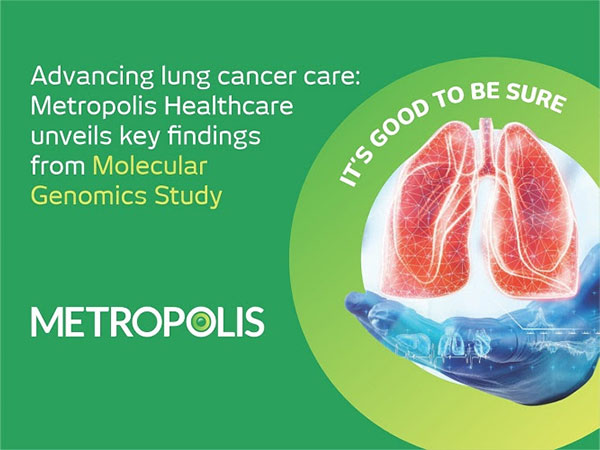U.S. ending COVID-19 public emergency poses profound impacts
May 11, 2023

Los Angeles [US], May 11: U.S. COVID-19 public health emergency (PHE) declaration is set to expire on Thursday. The move will bring tremendous social impacts, lead to lack of public attention on pandemic preparedness and responses, and add burdens to the poor and minority populations, a leading epidemiologist told Xinhua on Wednesday.
The PHE was announced by then U.S. Health and Human Services (HHS) Secretary Alex Azar in January 2020 to implement temporary measures and allocate resources to better contain the pandemic.
Since taking office in 2021, U.S. President Joe Biden has repeatedly extended the emergency.
After more than three years of social disruption, at least 6 million COVID-19 hospitalizations, and 1.1 million deaths, the declaration will officially come to an end on May 11.
Following the end of the PHE, the supplies of COVID vaccines, testings and treatments may decrease, resulting in higher costs for individuals due to reduced insurance coverage, and people's medical bills may also rise, Zhang Zuofeng, professor and chair of the Department of Epidemiology at the University of California, Los Angeles, told Xinhua in an interview.
American hospitals had received extra fundings during the PHE, such as various types of funds at the early stage of the pandemic, as well as a 20 precent increase in Medicare payments to treat COVID-19 patients, Zhang explained.
"As hospital systems will lose those fundings after May 11, people will see rise in their medical and insurance costs," he said.
The PHE has helped distribute funds and allowed millions of Americans to enjoy Medicaid during the pandemic. It prohibited states from changing eligibility requirements, premiums and benefit packages. But all of those could change after May 11.
Many people may lose their health insurance, Zhang said, adding the poor and minority populations will be hit the hardest.
Moreover, the end of the PHE means much less data and information on the trends of coronavirus infections, which makes it harder to track new variants and transmissions, Zhang said.
The COVID-19 data surveillance by the U.S. Centers for Disease Control and Prevention (CDC) has been a cornerstone of U.S. response, and during the PHE, the HHS has had the authority to require lab test reporting for COVID-19.
At the end of the PHE, HHS will no longer have this express authority to require this data from labs.
"The CDC will cancel monitoring new infections, only remain surveillance on hospitalizations and deaths. This will damage the surveillance and reporting system established over the past three years, and will severely weaken the country's capabilities to monitor COVID-19 and future outbreaks of other epidemics," Zhang said.
The CDC and other federal agencies will have even less data, which would make them more difficult to determine the transmission and trends of new variants and sub-variants, he added.
The end of the PHE also means relaxing protective measures such as wearing masks, patient isolation, the detection and quarantine of close contacts, among others, Zhang said.
The Biden administration will end the COVID-19 vaccine requirements for federal employees, federal contractors, and international air travelers on May 11.
Experts remain concerned about whether lifting protective measures would allow the virus to create new disruptions.
"The relaxation of COVID-19 precautions put those groups vulnerable to COVID-19 at higher risks," Zhang said.
"Another great impact of the end of the PHE will be the lack of public attention on pandemic preparedness and responses, and neglect of relevant research," he noted.
New Omicron subvariant XBB.1.16 has become the second dominant strain in United States, drawing concern for its high transmissibility and new symptoms.
Zhang said the prevalence of XBB.1.16 continues to grow, and it will possibly become the next dominant coronavirus strain in the country.
Source: Xinhua









